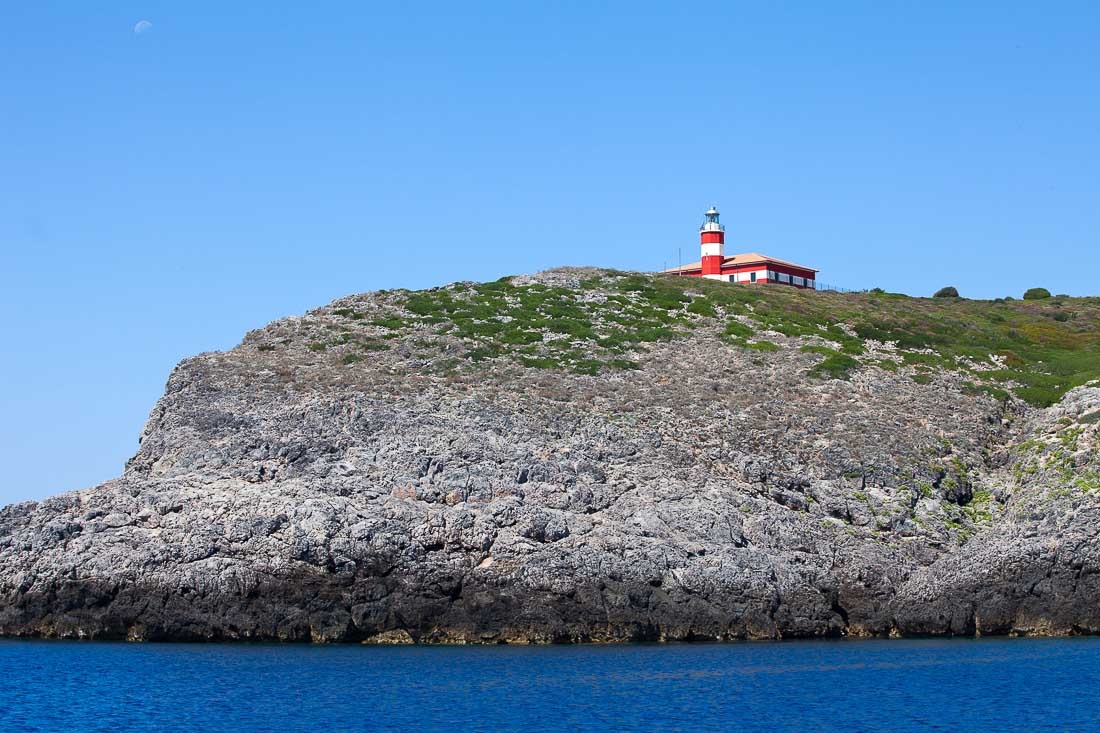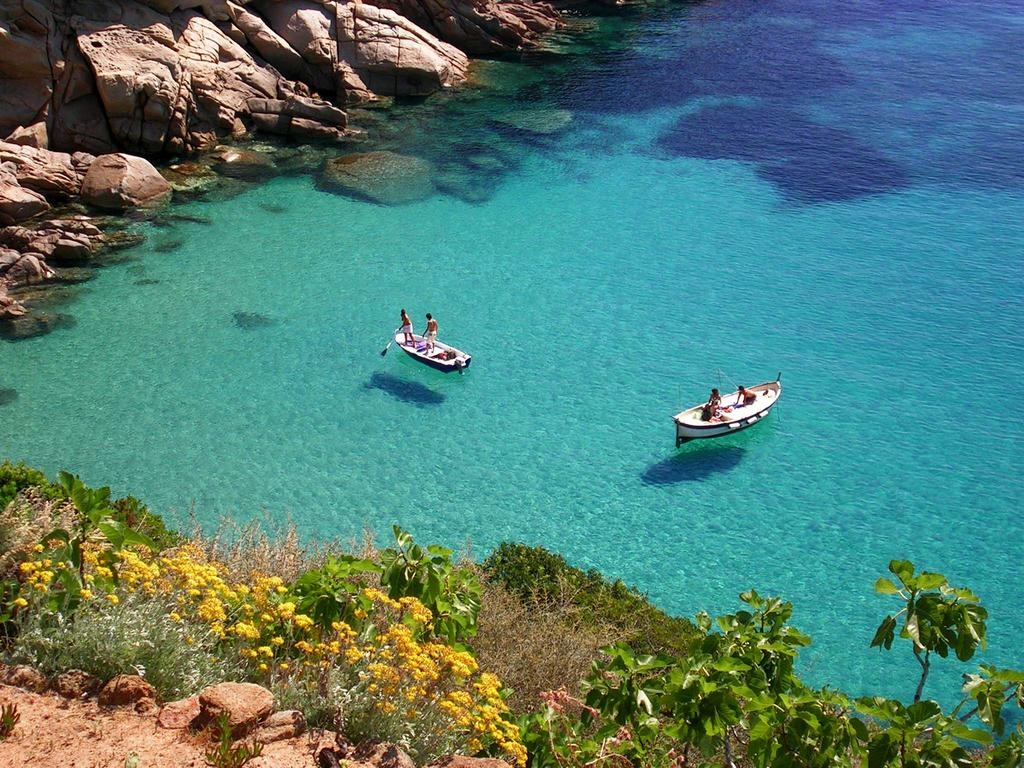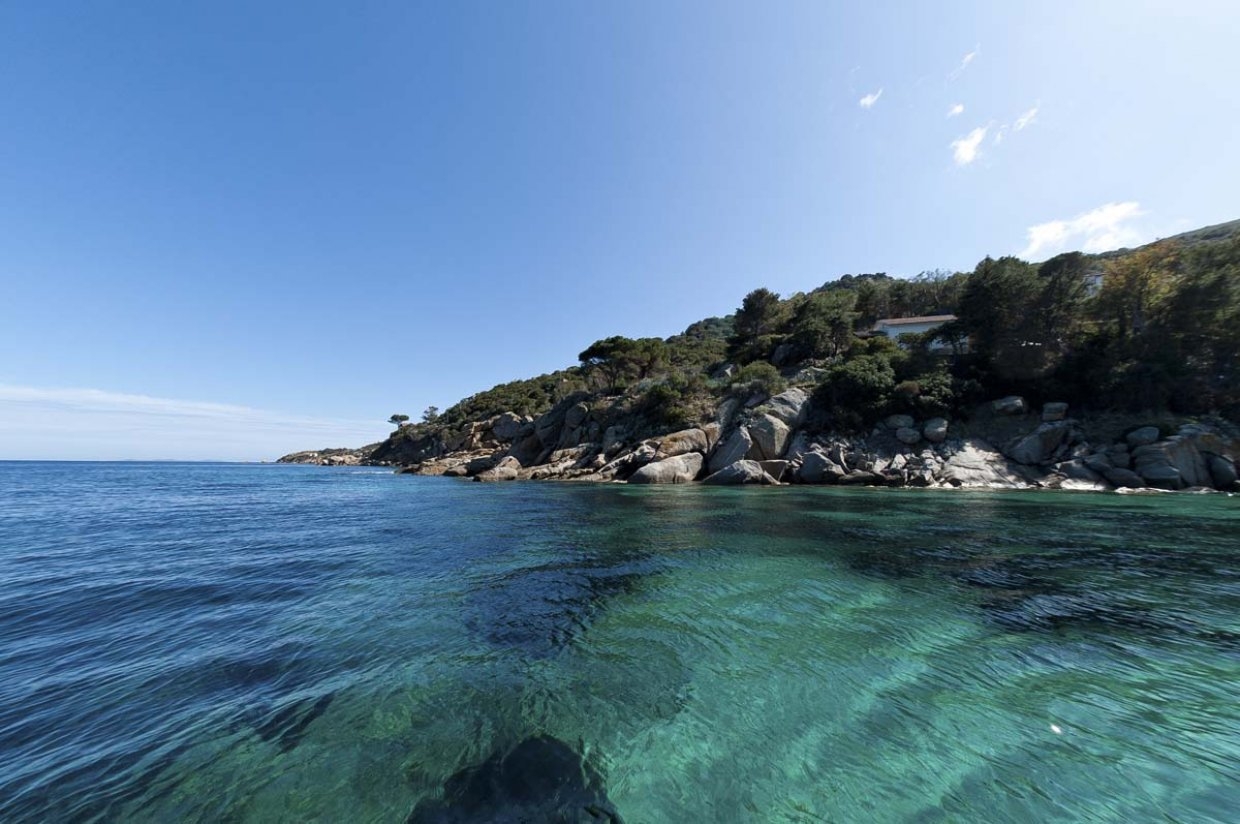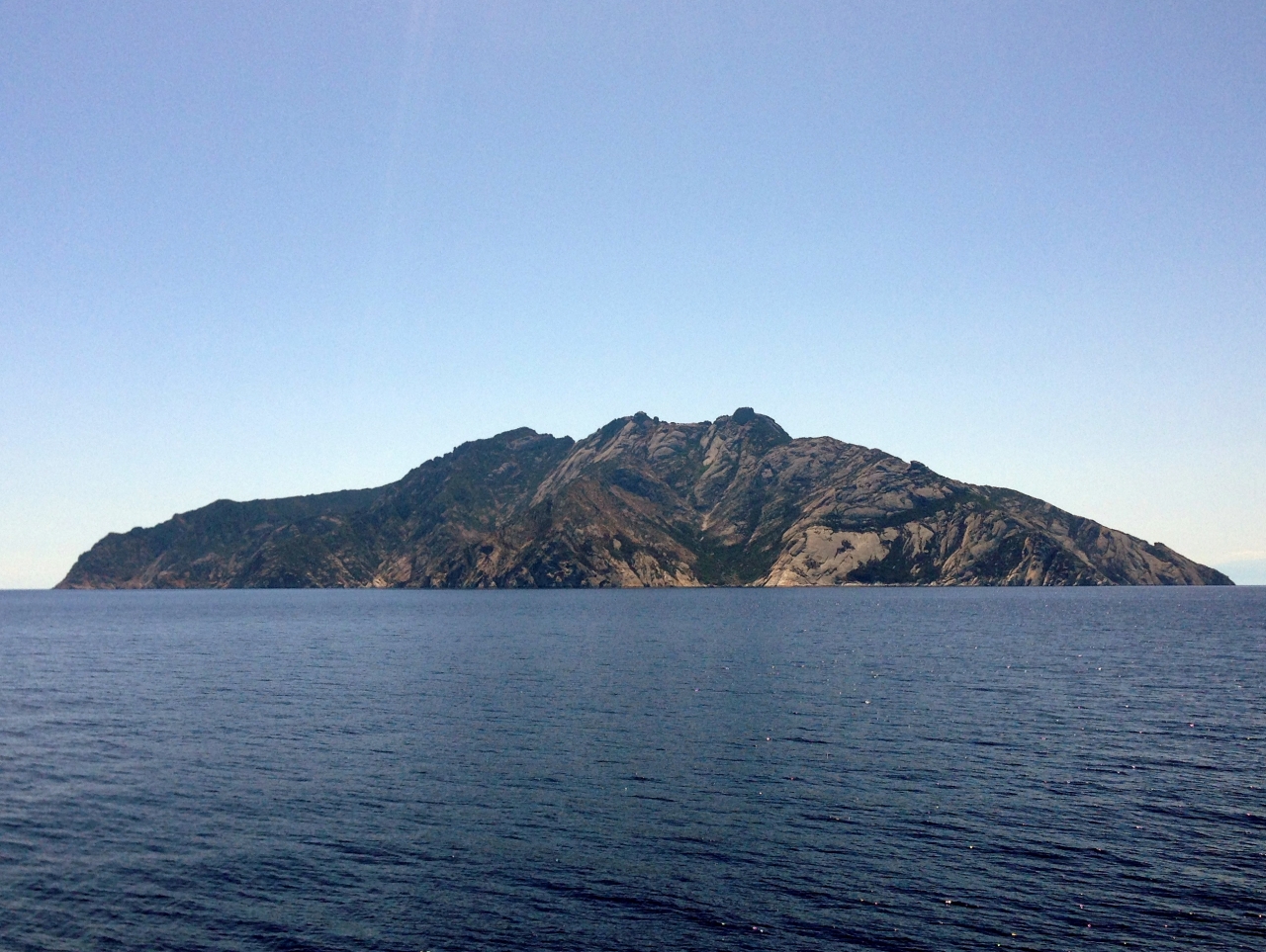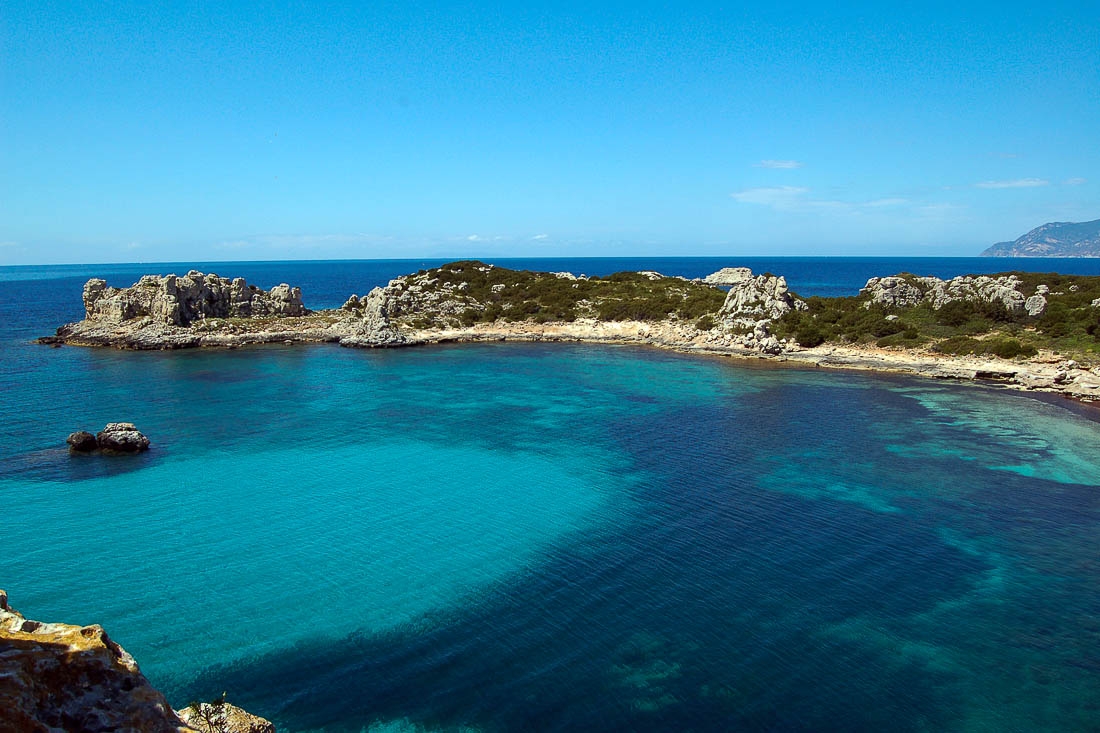Elba
Reachable from the port of Piombino about 50 minutes from the Locanda, the largest island of the archipelago that became famous for the presence of Napoleon Bonaparte in exile for a year in 1814.
The Villa dei Mulini is the National Museum of the Napoleonic Residences of the Island of Elba, together with the Villa of San Martino, the visit to Casetta Drouot where old prints, drawings, books and documents of the time are kept.
In addition to naturalistic itineraries on Monte Capanne, Monte Strega, Monte Capannello and Cima del Monte there are the Archaeological Museum of Linguella and that of Marciana Alta, as well as the Museum of the Sea of Capoliveri, which preserve the memory of ancient peoples, often found in the seabed. . War, everyday life, trade in precious goods: metals, stones but also wine!
The coasts of the island extend for over 140 km, which bring with them over 100 beaches of different colors, white, gold, red according to the different minerals of which they are composed. The beach of Sansone, the Shipwreck, of Cavoli, Sottobomba, Capo Bianco, Barabarca are just some of the splendid excursions to be undertaken on the island.
Giglio
Reachable from Porto S.Stefano, 50 minutes from the Locanda, made up of three small towns: Giglio Castello, the ancient medieval town seat of the Town Hall, a maze of steep alleys enclosed by walls that culminate with the Rocca Pisana; Giglio Porto, the island's landing place, where the remains of the Roman villa that belonged to the Enobarbi family are buried by the houses; Campese, an ancient mining settlement known since prehistoric times for the extraction of pyrite, overlooks the largest beach on the island.
The Gigliese sea is famous for its crystalline waters with precious Posidonia oceanica meadows, which are home to the now rare seahorse, vertical walls covered with blue sponges, red and yellow gorgonians, around which a rich life develops. At certain times of the year it is possible to see whales, dolphins and other marine mammals.
On the island of Giglio it is still possible to see 3 towers today: in Giglio Porto the Torre del Saraceno, in the north of the Porto the Torre del Lazzaretto and on the west coast the Torre del Campese which camping right next to the homonymous beach which is also the most large island. The second largest is the white beach of Cannelle, you can also go to the Caldane beach (reachable only on foot or by boat) or the gold-colored one of Arenella which is very scenic with tropical sea colors with the seabed alternating between sand and rock. The sand is slightly coarse and light golden in color. The water goes down slowly and it is a paradise even for those who are not an experienced swimmer to snorkel. You can also organize a fantastic tour of the island by boat with its 28 km of pristine coastline.
Giannutri
Reachable by ferry from Porto Santo Stefano or mini-cruise from Castiglione della Pescaia, often visited together during the day together with the island of Giglio, Giannutri was certainly already inhabited in prehistoric times as evidenced by the numerous finds of weapons and tools and was frequented by Etruscans and Romans.
The Romans, probably belonging to the Domizi Enobarbi family, also bequeathed to the island the remains of an ancient port at Cala dello Spalmatoio and a breathtaking villa built in Cala Maestra in the first half of the 2nd century AD.
Disembarkation generally takes place at Cala dello Spalmatoio, sometimes, depending on the wind, the ship can dock at Cala Maestra. In Cala Maestra there is the only beach on the island where it is possible to swim, the rest of the coast is rocky and difficult to access the sea.
The island invites you to venture along the paths immersed in the dense Mediterranean vegetation which, however, is only allowed with the accompaniment of an Environmental Guide. The only free route is the one between Cala Maestra and Cala dello Spalmataio.
Montecristo
One of the most inaccessible and wild islands of the entire Tuscan Archipelago, and it is also the furthest from the coast. Composed mainly of gray-pink granite, it has the shape of a wide and low pyramid and is rich in low vegetation. The highest point is Monte della Fortezza with 645 meters above sea level.
Uninhabited, inaccessible and wild, the only inlet of Montecristo where the landing and mooring are quite easy is Cala Maestra on the north-western side of the island.
Access is strictly regulated on land and at sea. Bathing is forbidden in Montecristo, just as it is not allowed to take any plant or animal species, or material of geological interest. The visit consists of a trekking excursion exclusively along pre-established routes.
Capraia
Reachable only from Livorno, full of trekking routes to the San Giorgio Fortress, Punta Bella Vista, the Reganico path, Monte Arpagna to the Punta dello Zenobito and Punta del Dattero.
The beaches: Cala di San Francesco, swim under the Castle of San Giorgio, Cala dello Zurletto or reach Cala del Ceppo, Cala del Porto Vecchio, La Grotta and the Frate beach on foot or by boat.
Pianosa
Accessible only from the island of Elba, a wild and unspoiled former prison colony in which there is a hotel and a restaurant.

